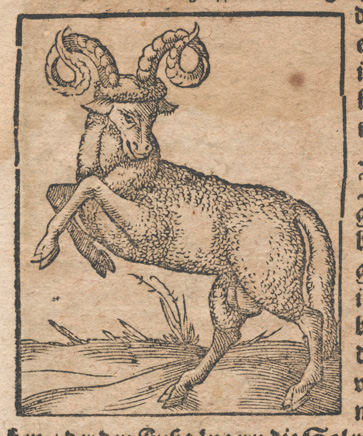As a bit of a an addendum to my blog a couple of weeks back lamenting the destruction of medieval buildings, here is a snippet I came across in my research this week:
"The pulling down and desecrating of which was the chief Blemish of the Reformation, and what our Nations stands greatly censur'd for, even by our own Authors, to give only the Words of a Poet (Denham, in his Coopers-Hill), on this Subject, who thus expresses himself.
Notes
Stevens, J., The History of the Antient Abbeys, Monasteries, Hospitals, Catherdral and Collegiate Churches being two additional volumes to William Dugdale's Monasticon Anglicanum, Vol. 1 (London: Tho. Taylor et. al., 1722)
"The pulling down and desecrating of which was the chief Blemish of the Reformation, and what our Nations stands greatly censur'd for, even by our own Authors, to give only the Words of a Poet (Denham, in his Coopers-Hill), on this Subject, who thus expresses himself.
Who sees these dismal Heaps, but would demand,
What barbarous Invade sackt this Land?
But when he heads no Goth, not Turk did bring
This Desolation, but a Christian King;
Whrn nothing but the name of Zeal appears
'Twixt our best Actions, and the worst of theirs;
What does he thing our Sacrilege would spare,
When such th' Effects of our Devotion are?
But I shall forbear speaking farther of this Matter, lest I render my self traduc'd and suspected of retaining too superstitious an Aggection for these Buildings; tho' I cannot avoid concluding, that it would have been much for the Honour of our Nation, if the great and noble Churches had been left standing and made Parochial, and the Ashes of the Dead been suffer'd to have remained undisturbed, the Violation of which our Nobility cannot reflect on without the utmost Concern, when they read of so many stately Monuments of the Ancestors thus barbarously defac'd, as well as divers others by this means bury'd in Oblivion, of which there remains no Tradition; as we may experimentally speak in relaton to this place we are now treating of; whole only Remains is a Gate-house"
 |
| Abingdon Abbey Gatehouse |
I've transcribed it exactly so the odd spellings are in the original 18th century text. John Stevens was an interesting man who held a variety of posts and took it upon himself to finish and make more accessible the work of John Leland who wrote the 16th century equivalent of a travel blog around England. The above extract is taken from Stevens's entry for Abingdon Abbey.
Notes
Stevens, J., The History of the Antient Abbeys, Monasteries, Hospitals, Catherdral and Collegiate Churches being two additional volumes to William Dugdale's Monasticon Anglicanum, Vol. 1 (London: Tho. Taylor et. al., 1722)




